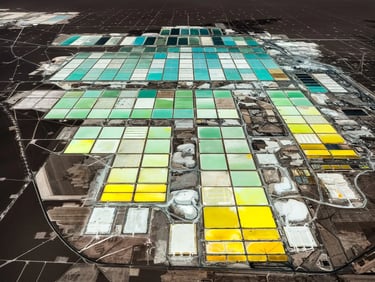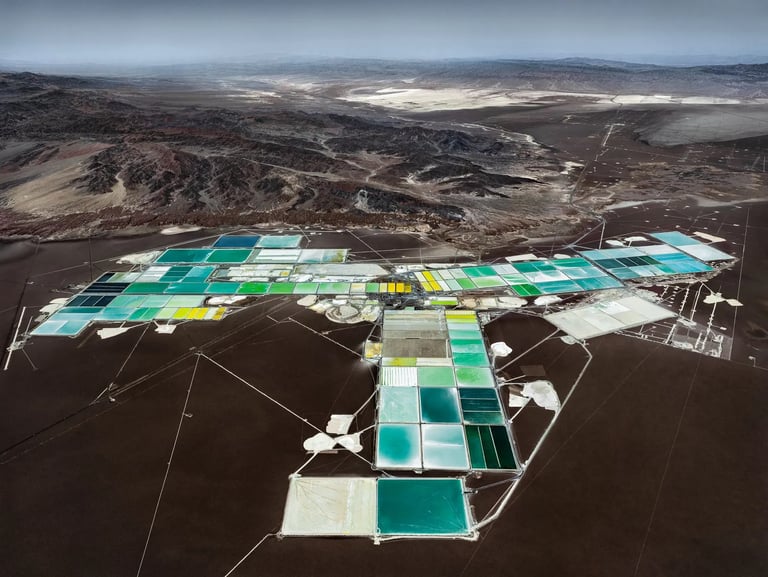
The Anthropocene as the age of extractivism
Extraction of natural resources
The extraction of natural resources is the primordial step of human activity and of what we call "economy", i.e. the process of converting natural resources into goods and services that can be used by humans.
As the economy grows, more and more natural resources must be extracted. We have therefore entered the era of extractivism, that is to say the time of a massive and industrial exploitation of nature.
The extraction of oil, coal and gas from the earth's subsoils is a characteristic process of the Anthropocene, because these fossil resources are the bedrock of modern civilization and the blood of economic growth.
Humanity currently consumes about 100 million barrels of oil per day (one barrel of oil = 159 liters), or about 35 billion barrels per year [1]. Added to this is an annual consumption of around 8 billion tonnes of coal [2] and 4 billion cubic meters of gas [3].
As they are almost ideal sources of energy (if we put aside the "small" problem of greenhouse gases and the fact that the reserves are finite), they have considerably increased our power of transformation by allowing the moving of countless powerful machines.
Modern transport, intensive agriculture, urbanization, generalized information and communication technologies... are all recent developments linked to the massive use of fossil resources.
However, extractivism is not limited to fossil resources. For example, the recent boom in electronics and digital means the increasing extraction of dozens of different metals all around the world [4, 5]. The "ecological transition", which involves the electrification of many processes (transport, industry, etc.), is accelerating the trend and carries the risk of replacing one non-renewable resource (fossils) with another (metals) [6, 7].
Regarding plants, about 15 billions of trees are yearly harvested for diverse uses [8]. Since the Neolithic revolution, the number of trees on Earth would have been divided by 2 [8].
Similarly, it is estimated that more than 1,000 billion fish are taken from their natural environment each year [9], with overfishing leading to a massive decline in populations [10].
In fact, all natural resources (living beings in general, rock, sand, minerals, water, etc.) are affected by extractivism. We are devouring the surface of the Earth!
Key messages
Oil, gas and coal are intimately linked to the growth of human activity and to the Anthropocene. To extract these "treasures" from the bowels of the Earth, all means are good. Coal mining uses gigantic machines called "excavators" (top photo). For oil and gas, drilling is carried out both on land (bottom left) and offshore (bottom right).
The figures are dizzying: humanity currently consumes about 100 million barrels of oil per day (one barrel of oil = 159 liters), or about 35 billion barrels per year [1]. For coal, annual consumption is around 8 billion tonnes [2]. For gas, annual consumption estimates are 4 billion cubic meters [3].
Source of images: Pixabay.
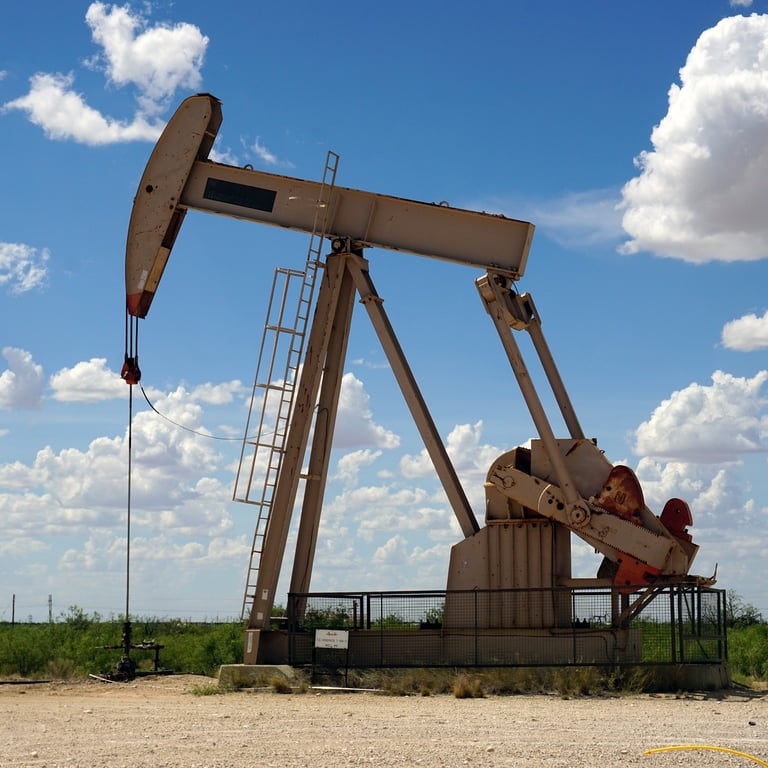
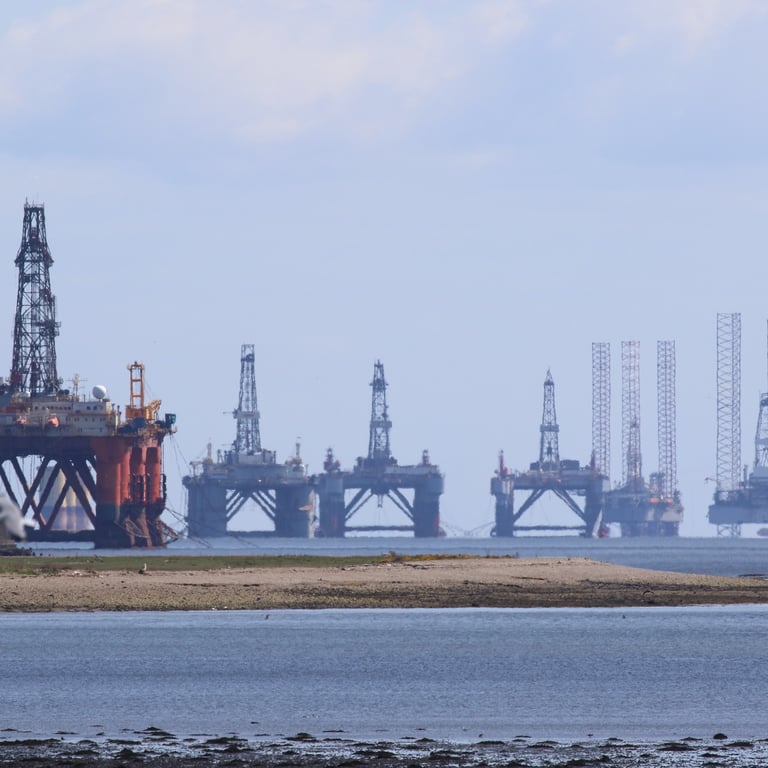


Mining can take incredible proportions, devouring entire mountains or the upper part of the ground over vast areas.
Garzweiller lignite mine in Germany (top), Escondida copper mine in Chile's Atacama Desert seen from a satellite (left), mining near Poprad in Slovakia (middle right) and Kalggoorlie "Super Pit" gold mine in Australia (bottom right).
Source of images: © Raimond Spekking / CC BY-SA 4.0 (via Wikimedia Commons) for top image; NASA for the image on the left (https://earthobservatory.nasa.gov/images/1000/escondida-mine-chile); Pixabay for the two images on the right.


The extraction of fossil fuels is the driver of economic growth
Mining activity is devouring the Earth's surface

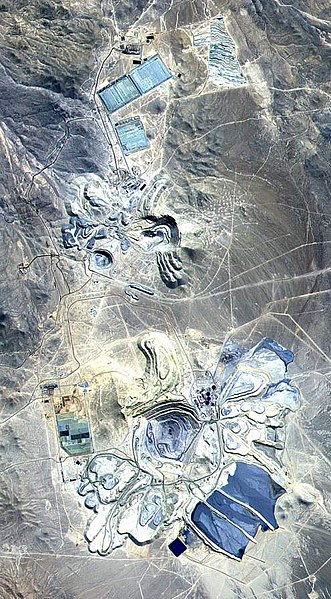

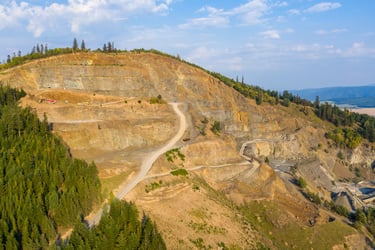
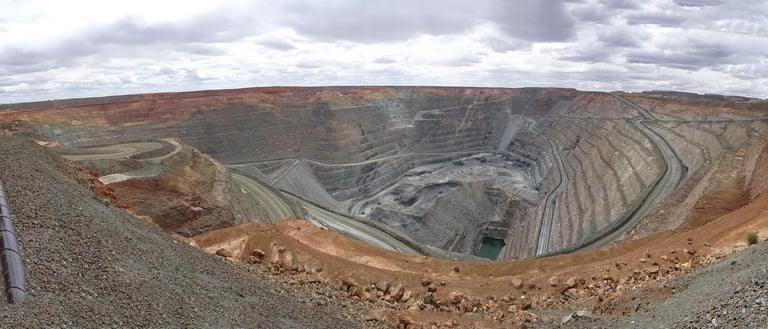

The dazzling rise of electronics and digital technologies is based on the massive extraction of natural resources. Indeed, an electronic device contains dozens of materials and in particular a large quantity and diversity of metals. Dozens of metals thus enter into the composition of a computer [4, 5]. Some represent a significant proportion of the weight of the computer (aluminum, iron, copper, zinc...), while others represent only a tiny part (cobalt, lithium, palladium, tantalum...); paradoxically, the latter tend to have the greatest environmental impact [5].
Since the beginning of the 21st century, in connection with the massive developement of a digital sector which is anything but dematerialized, the demand for metals has exploded [4]. For example, copper production in 2015 was 5 times higher than in the period 1956-1965, and this trend is found for a wide variety of metals [4].
The "energy transition" (see the graph which shows that it is for the moment much more relevant to speak of energy accumulation), which aims at the electrification of many processes such as transport or industry, supposes extract large quantities of metals [6]. The latter are actually necessary for the manufacture of energy capture infrastructures (wind turbines and photovoltaic panels for example) and the various machines we are using (computers, telephones, electric cars, etc.). In fact, the quantities required are such that this transition might induce the replacement of one non-renewable resource (fossils) with another (metals) [6].
Lithium is a metal essential to the "energy transition", as it is part of the batteries we need to store electricity. Lithium would thus be "the white gold of the green economy" [7]. Electric vehicles in particular require large quantities: a few hundred grams for an electric bicycle, at least 10 kilograms (kg) for an electric car (rather close to 100 kg for a Tesla) and up to 200 kg for a bus [7]. In connection with electromobility, the demand for lithium is thus set to explode. Already in 2020, electromobility would have consumed nearly 80% of the world's lithium production. Global lithium demand could be multiplied by a factor of 20 in ten years and reach more than 2 million tonnes in 2030, compared to 80,000 tonnes in 2020 [7].
As many other resources required for the so-called "ecolgical transition" and the development of "green technologies", lithium is extracted all over the world and transported around the globe. The "Lithium Triangle", a region of the Andes encompassed by the borders of Argentina, Bolivia, and Chile, would concentrate more than half of the world's lithium resources [11]. This can be extracted relatively easily, by evaporation in large brine basins.
Images: lithium extraction field located south of the city of San Pedro de Atacama in Chile. Brine, rich in lithium and coming from more than 100 meters below ground, is pumped into huge basins. The sun evaporates the water and the concentration of lithium increases. The initially turquoise-colored brine passes from basin to basin until the lithium concentration reaches approximately 6%, the water then taking on a dark yellow hue. The concentrated brine is transported in trucks for further processing in chemical plants.
Digital and energy transitions carry a risk of increased extractivism
Source des images : Tom Hegen (https://www.tomhegen.com/collections/the-lithium-series-i).
For thousands of years, humans have been using trees to build homes, make tools, for cooking and heating...
Today, it is estimated that humans are cutting down over 15 billion trees each year, while their would be the approximately 3,000 billion trees on Earth [8]. However, for centuries humans are altering the population of trees on Earth: it is estimated that since the Neolithic revolution, the number of trees on Earth would have been divided by 2 [8].
Sometimes, all the trees in a forest are felled at the same time (a practice called clearcutting), which generates a lunar and desert landscape. In a state like Oregon in the United States, clearcutting is the dominant form of logging, with an industrial management of the forest.
The top 4 images are photos of clearcutting in Oregon. The bottom image is a Google Earth view in Oregon (43°20'04''N; 123°48'58''W) that shows the extent of clear cuts, with a forest landscape mottled by naked surfaces.
Clearcutting must be distinguished from deforestation: trees can be replanted or grow back naturally after cutting, in which case the temporarily clear cut area remains forest. Clearcutting nevertheless induces major and lasting disturbances of the environment, in particular on the functioning of the soil [12, 13].

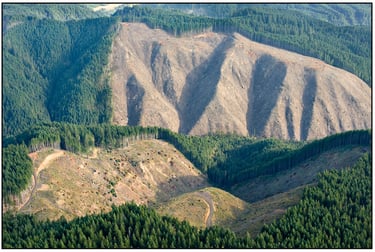
Extractivism also concerns plants: example of trees
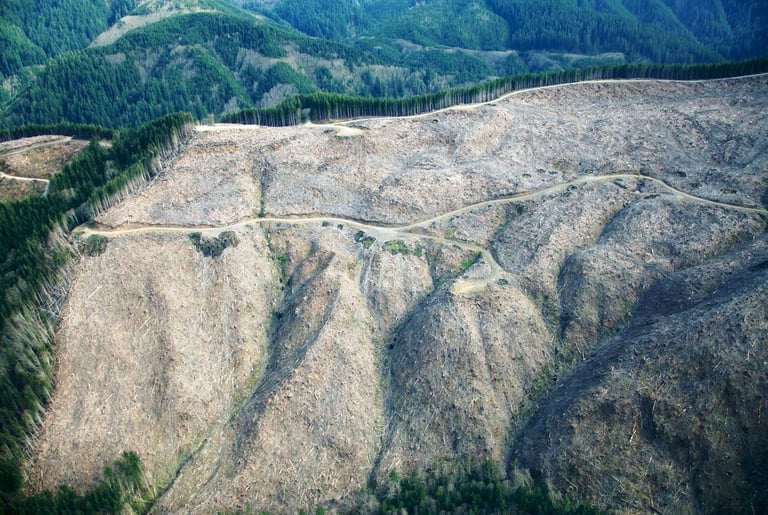

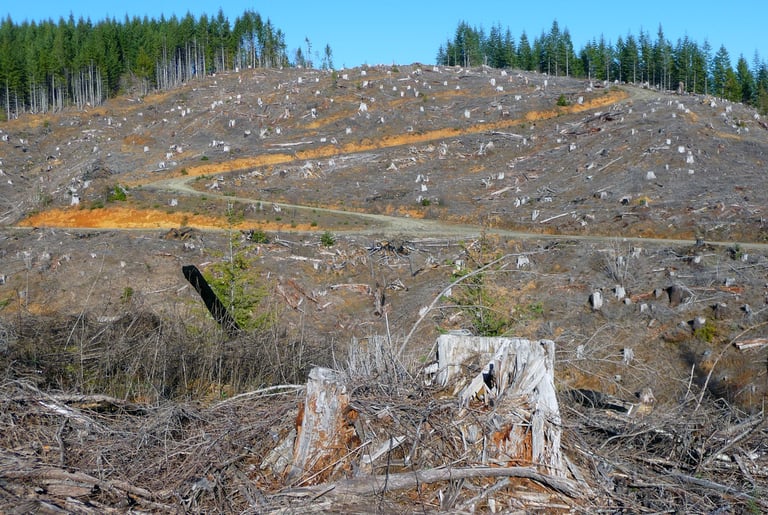

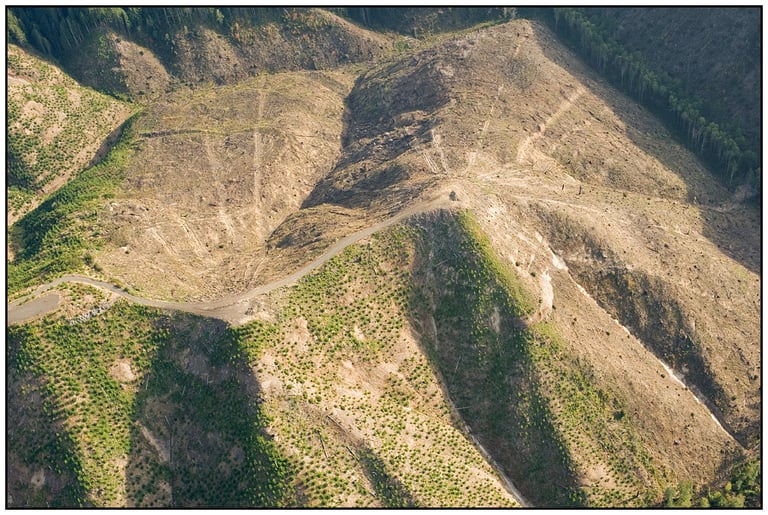

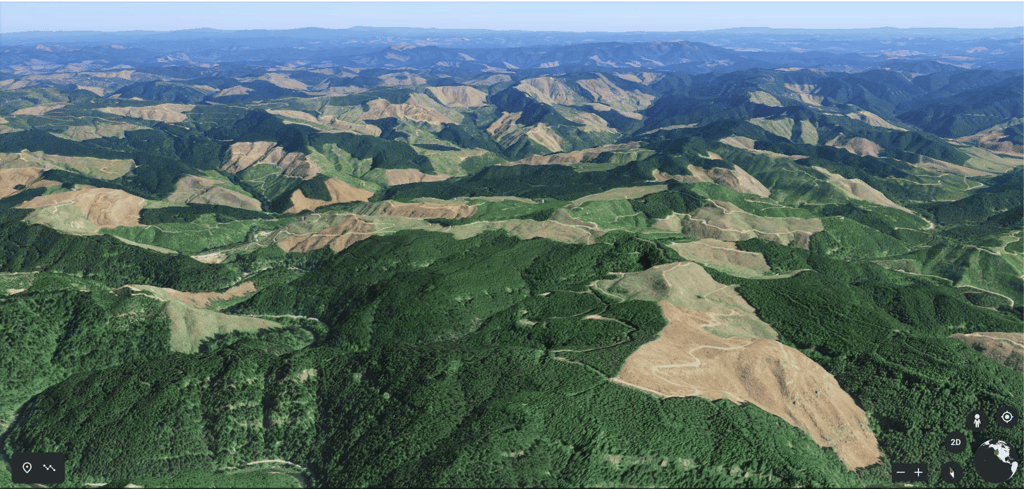

Source of images: Clear Cut Oregon (http://www.clearcutoregon.com) for the 4 top images; Google Earth (https://earth.google.com/web/) for bottom image.
Fish are animals particularly affected by human extractivism. It is estimated that more than 1,000 billion fish are caught each year [9].
The amount of fish annualy captured more than quadrupled between 1950 and 1985, rising from 20 million tonnes per year to over 80 million tonnes per year [10]. Since then, the quantity of fish captured annually has been relatively stable, between 80 and 100 million tonnes per year, while the quantity of fish from aquaculture has increased markedly [10].
If the quantity of fish extracted from their natural environment tends to stagnate, overfishing nevertheless concerns a growing share of fish stocks. Overfishing means populations are being fished out faster than they can reproduce and sustain themselves. The logical consequence of overfishing is therefore the significant reduction in fish populations. Thus, the percentage of fish stocks fished in an unsustainable way reached 35.4% in 2019, while it was only 10% in 1974 [10].
Images: the Margiris, one of the biggest trawlers in the world (above); 400 tonnes of horse mackerel caught by a purse seiner (bottom).
Source of images: Greenpeace for top image, NOAA for bottom image.
Extractivism also concerns animals: example of fish
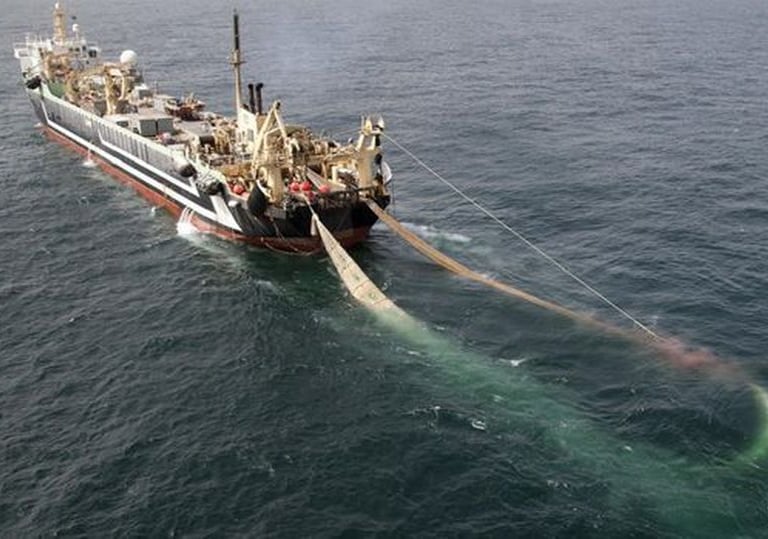

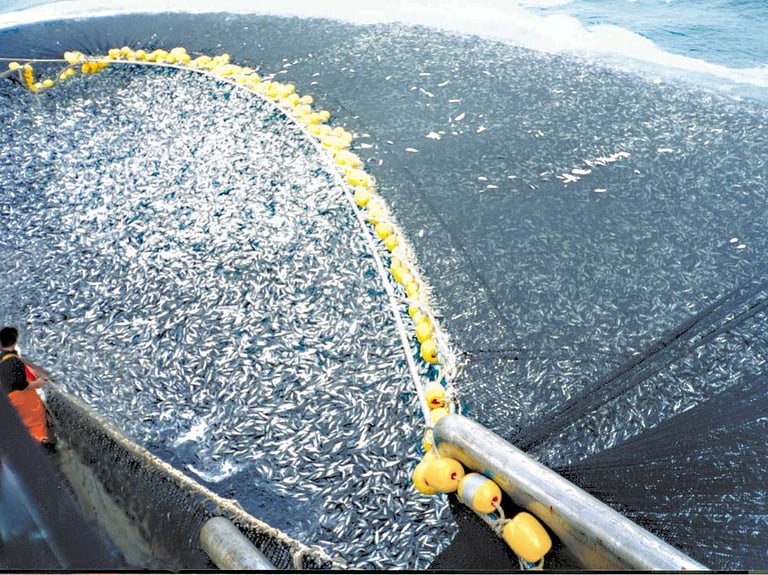

References
[1] Worldometer, « World Oil Statistics », Worldometer. https://www.worldometers.info/oil/
[2] IEA, « The world’s coal consumption is set to reach a new high in 2022 as the energy crisis shakes markets - News », IEA, 2022. https://www.iea.org/news/the-world-s-coal-consumption-is-set-to-reach-a-new-high-in-2022-as-the-energy-crisis-shakes-markets
[3] J. Aizarani, « Global natural gas consumption 2021 », Statista, 2023. https://www.statista.com/statistics/282717/global-natural-gas-consumption/
[4] France Stratégie, « La consommation des métaux du numériques : un secteur loin d’être dématérialisée », 2020. https://www.strategie.gouv.fr/sites/strategie.gouv.fr/files/atoms/files/fs-2020-dt-consommation-metaux-du-numerique-juin.pdf
[5] Éric Drezet, « Les matériaux dans les équipements terminaux », EcoInfo, 2014. https://ecoinfo.cnrs.fr/2014/04/11/les-materiaux-dans-les-equipements-terminaux/
[6] O. Vidal, B. Goffé, et N. Arndt, « Metals for a low-carbon society », Nat. Geosci., vol. 6, p. 894-896, 2013. https://www.nature.com/articles/ngeo1993
[7] Marion Esnault, « Batteries : la ruée vers le lithium a commencé », Reporterre, 2021. https://reporterre.net/Batteries-la-ruee-vers-le-lithium-a-commence-23992
[8] T. W. Crowther et al., « Mapping tree density at a global scale », Nature, vol. 525, no 7568, p. 201‑205, 2015. https://www.nature.com/articles/nature14967
[9] L214, « Dossier : les chiffres clés de la souffrance animale – Animaux abattus dans le monde », L214. https://www.l214.com/animaux/chiffres-cles/statistiques-nombre-animaux-abattus-monde-viande/
[10] FAO, « The State of World Fisheries and Aquaculture 2022 », 2022. https://www.fao.org/3/cc0461en/online/sofia/2022/world-fisheries-aquaculture.html
[11] Wikipedia, « Lithium Triangle », Wikipedia. https://en.wikipedia.org/wiki/Lithium_Triangle
[12] P. Kohout, M. Charvátová, M. Štursová, T. Mašínová, M. Tomšovský, et P. Baldrian, « Clearcutting alters decomposition processes and initiates complex restructuring of fungal communities in soil and tree roots », ISME J., vol. 12, no 3, 2018. https://www.nature.com/articles/s41396-017-0027-3
[13] E. J. Bowd, S. C. Banks, C. L. Strong, et D. B. Lindenmayer, « Long-term impacts of wildfire and logging on forest soils », Nat. Geosci., vol. 12, no 2, 2019. https://www.nature.com/articles/s41561-018-0294-2


